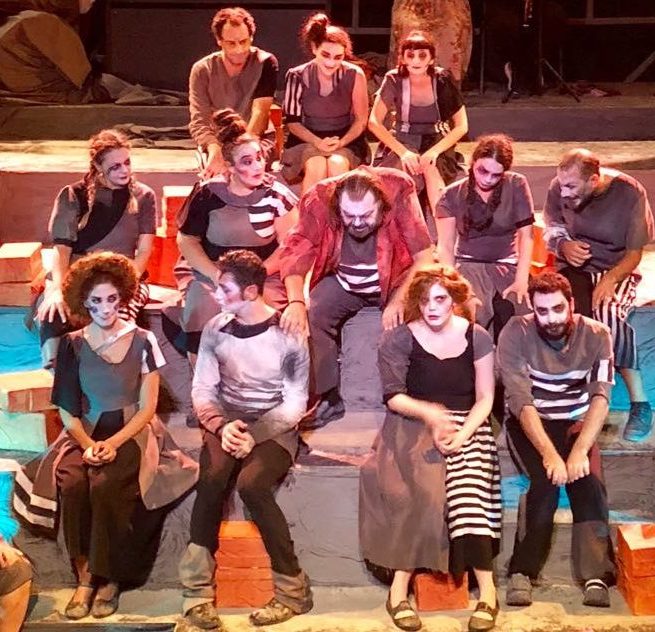It’s hard to speak about the history of Turkish theatre; without mentioning the great impact of the Ottoman Empire on Turkish art. Theatrical art entered Ottoman history for the first time during the time of reforms; led by Sultan Selim III in the eighteenth century AD.
Overview of the Turkish Theatre History
The history of Turkish theatre embodies or translates literary stories and texts; by using a mixture of words and some gestures with music and sound on its stage. Although we don’t know the exact date of the entry of theatrical art into the Ottoman Empire.
After the development of the Ottoman Western relations in the era of Sultan Selim III and Mahmoud II. Istanbul became the most appropriate address for the residence of many foreigners, among them a large number of artists and writers, and in the last years of Sultan Selim III’s rule, the arts and western forms of enjoyment began to appear abundantly in Beyoglu Square, Taksim Square At the present time, in Istanbul, especially the art of theater, which is part of these Western arts.
According to historical sources; Theatrical art expanded in the last years of Sultan Mahmud II between 1826 and 1839 and many Western plays; especially the French ones were in the Turkish language.
These plays were performed amidst broad Western media and diplomatic support until they were accepted by the Ottoman state and then the Ottoman people.
Historical documents testify that in the history of Turkish Theatre; The Turkish Ottoman artist Ahmed Tawfiq Pasha; who converted more than 6 French plays into an Ottoman-Turkish formula and established the first Turkish theater in Bursa in 1879 and is considered the first playwright in Turkish history.
After the remarkable turnout of the Gristinian Theater, the Ottoman Empire, in the period between 1840 and 1877, constructed or sponsored the construction of four huge public theaters.
Bosco Theater
It was established in 1840 after a consultation between the Italian Elysionist Bosco with Sultan Abdul Majid I; who in turn accepted the idea and prepared to provide sufficient support to complete the process of establishing the theater.
The theater was attended by Turkish citizens who strongly objected to the show’s policy; which prompted the show’s management to translate the scenarios of the plays into the Turkish language. And to present the printed scenarios to Turkish citizens who began to follow the plays by reading the printed scenarios.
Naum Theater
The Ottoman-Turkish citizen “Mikael Naum” established the first theater; the process of establishing the theater began in 1844. But stopped because Naum worked to buy the Bosco Theater and open it to Turkish citizens in the pure Turkish language.
Gedik Pasha Theatre
The Ottoman Turkish citizen Rida created in 1860 another Turkish theatre; and the main goal of establishing this theater was to compete with the Naum Theater; which has become acting with a monopoly and increases the price of theatrical performances.
This made many Turkish citizens resent it and prevent it from going to him. the able Ottoman citizen Rida worked to obtain government permission to build another theater competing with Naum theatre, to break its monopoly.
Dolmabahce Palace Theater
The Sultan Abdul Majid I gave a special order to establish the palace; Then ordered the establishment of the theater inside the palace. But this theatre; which was founded in 1851; turned into a residence after the fire that caught it in 1864.

